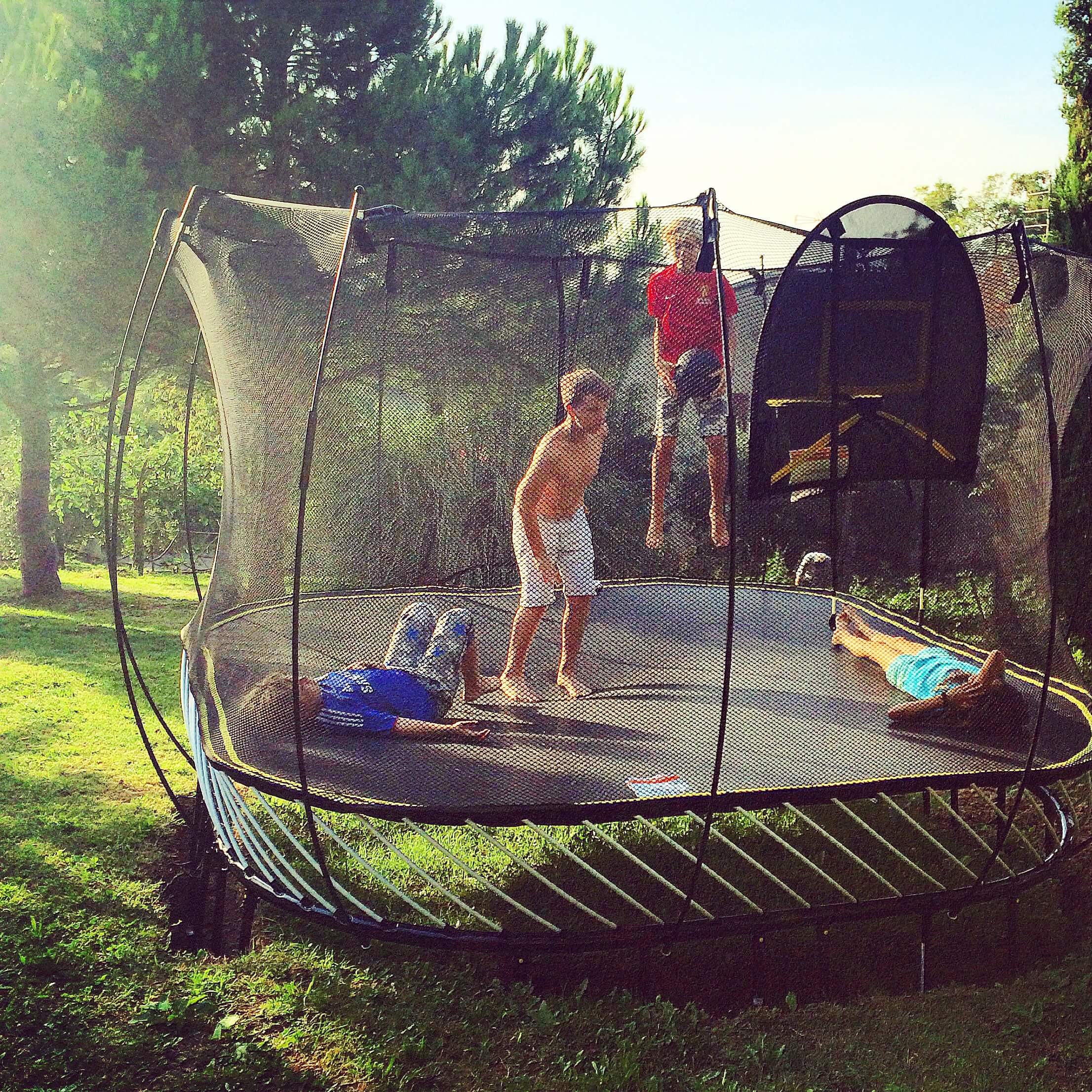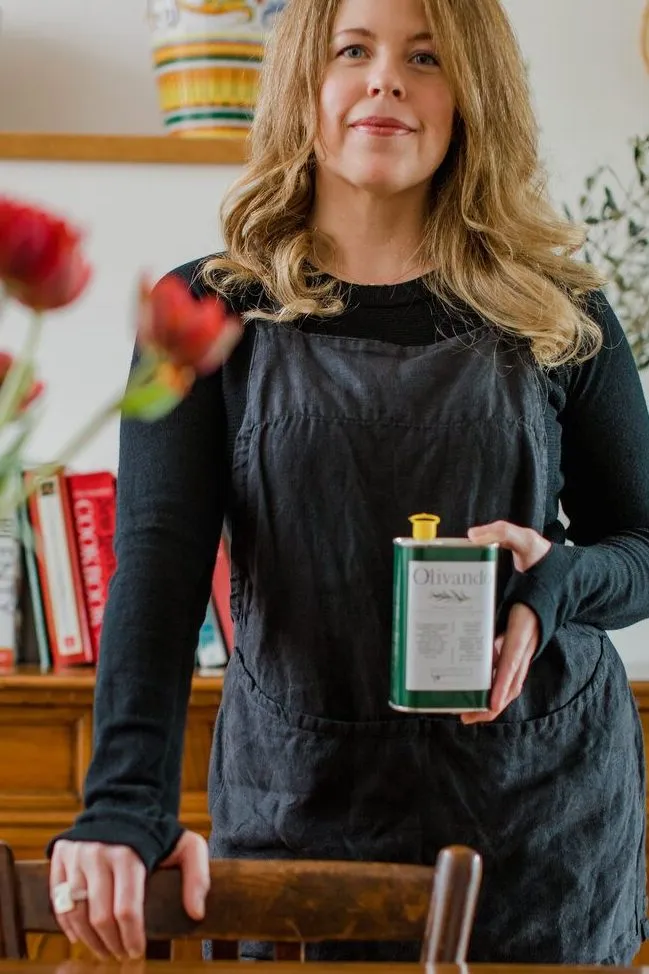
Umbrian Gold. An Interview with Amanda Forman of Olivando Olive Oil
Debbie Oakes
I first interviewed Amanda Forman three years ago for a magazine article I was writing about the delicious local produce of Umbria and Tuscany. She and husband Marco, who describe themselves as ‘accidental farmers‘, founded Olivando, their hand-harvested, cold-pressed Extra Virgin Umbrian Olive Oil (EVOO) company in 2020. There was so much fascinating backstory I could not squeeze into the word limit that I wanted to share more…
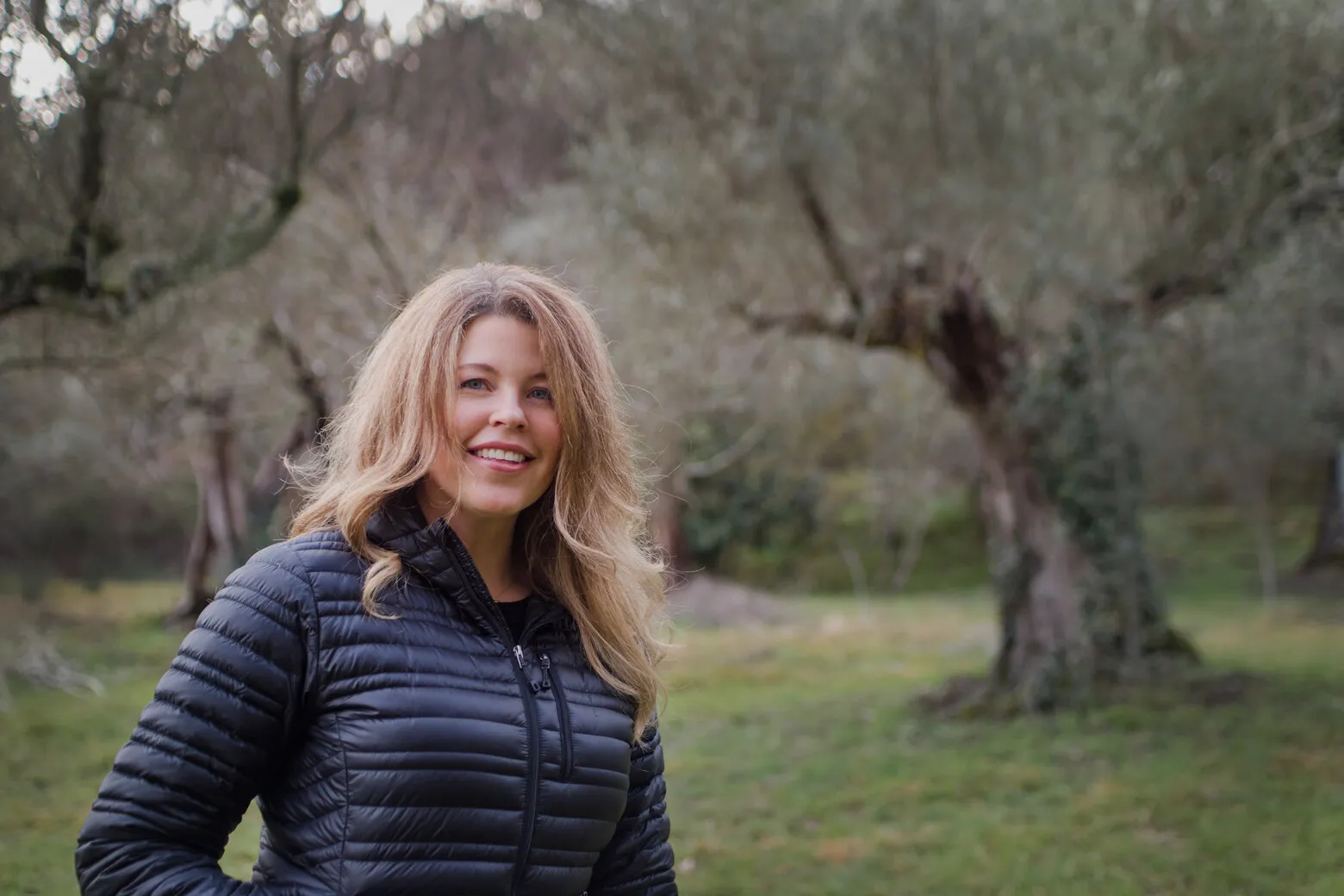
Life before Olivando
How did you come to live in Umbria?
Amanda: “My husband, Marco, was born in Perugia. We met at a wedding in the US where he was shooting as a photographer. Early in our relationship, while we were still living in Oklahoma, we visited his family in Italy. On an overnight trip to Perugia at their country home, it was love at first sight. I stood on the balcony, which has an incredible view, and I said to him: ‘I’m not sure if we’ll get married, but if we do, I want to get married here.’ A few years later, we did, in Torgiano at Castello di Rosciano. And, a little over a year later, we moved to Italy.”
What was it like to leave everything you know and move to Italy and what are some important lessons you learnt?
“The most challenging time was deciding to leave my family’s business. There was a tremendous amount of guilt that came with my choice, but I knew in my heart I couldn’t stay. While it paid well and I appreciated being so close to home, I didn’t enjoy the work nor the oil and gas industry’s hostile work environment. It was soul-crushing. So, I quit. We sold everything and moved overseas to try something new. The mourning of a career break-up, guilt, and navigation of a new country where I didn’t speak the language was rough. Plan A, B, and C didn’t play out the way I had envisioned. I’m currently sorting through plans D, E, and F. But step by step, as I’ve adjusted to our new life, things have improved. I learned that I was right to leave the job, that money isn’t everything, and that there is an entire world full of opportunities. We humans aren’t beholden to a path simply because it’s what we understood to be the logical one.”
Impressions of Umbria
How would you describe Umbria?
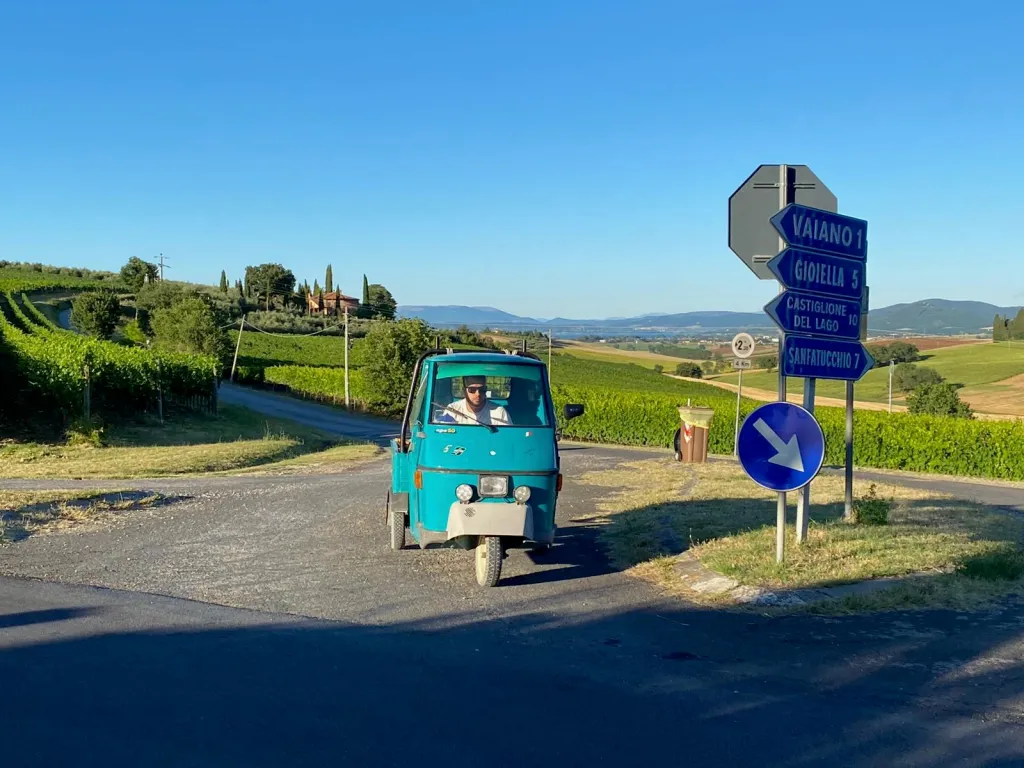
“Umbria is one of Italy’s most forested regions, full of rolling hills and mountains. The air is clean, groomed cylindrical olive trees dot the hillsides, and the sunsets feel like a living painting. The summers are dry and hot, but it is quite humid and wet during the rest of the year, so every surface is covered in one shade or another of electric greens from lichen and moss. It’s also an edible landscape. One can live out their foraging dreams, finding all kinds of treats like figs, blackberries, persimmons, wild asparagus, and porcini mushrooms.”
What do you love about Umbria?
“Let me count the ways! I love the landscape of Umbria. That was the first thing that resonated with me. As I mentioned before, Umbria is one of the most forested regions, referred to as the Green Heart of Italy. It is full of rolling hills and mountains. The air is clean, groomed cylindrical olive trees dot the hillsides, and the sunsets feel like a living painting. Then, of course, the food is fantastic; cured meats, porchetta, cheeses, wild boar, truffles, region-specific pastries like pesche, and the food festivals (my favorite is the Festa Della Cipolla in Cannara). The only thing missing is the sea.”
Umbrian Olive Oil

Did you come to Umbria with the intention to make olive oil?
Amanda: “No! Not at all. We started our journey in Padova, but I couldn’t shake the urge to be in Umbria. It also made sense for our destination wedding business. My husband has been a wedding photographer for 20+ years. We decided that my 10+ years of planning events melded perfectly with his craft, so we teamed up. Simonelli Studio offers wedding planning services and wedding photography, to couples getting married in Italy and neighbouring countries.”
How did your olive oil business grow?
“In the beginning it was just a fun project bringing Marco’s parents estate back its former glory. The woods and olive groves had been a little neglected over the years. We started one tree at a time. Then the pandemic happened. We spent lockdown climbing trees trimming branches, and wrestling ivy. But harvest rewarded us with an abundant crop. There was nothing like this kind of olive oil in the States! As we had much more than we could ever use, we offered it to friends and family back home to see if they liked it. We sold out in less than a month, and a new business was born.”
What does fresh olive oil taste like?
“Freshly milled oil tastes peppery, bitter, and herbaceous. It has a slight sting – or tingle – on the tongue and throat. It tastes just as green as grassy as the colour. When it’s that fresh, it’s hard not to enjoy eating it as the locals do, drizzled on or dipped with unsalted bread. This is the best way to capture its star-studded performance. That being said, we happily drizzle it on soups, pastas, and salads too. Olio Nuovo is best used as a finishing oil. The intense flavour lasts from 3-5 months before mellowing out, losing some spiciness while still retaining richness.”
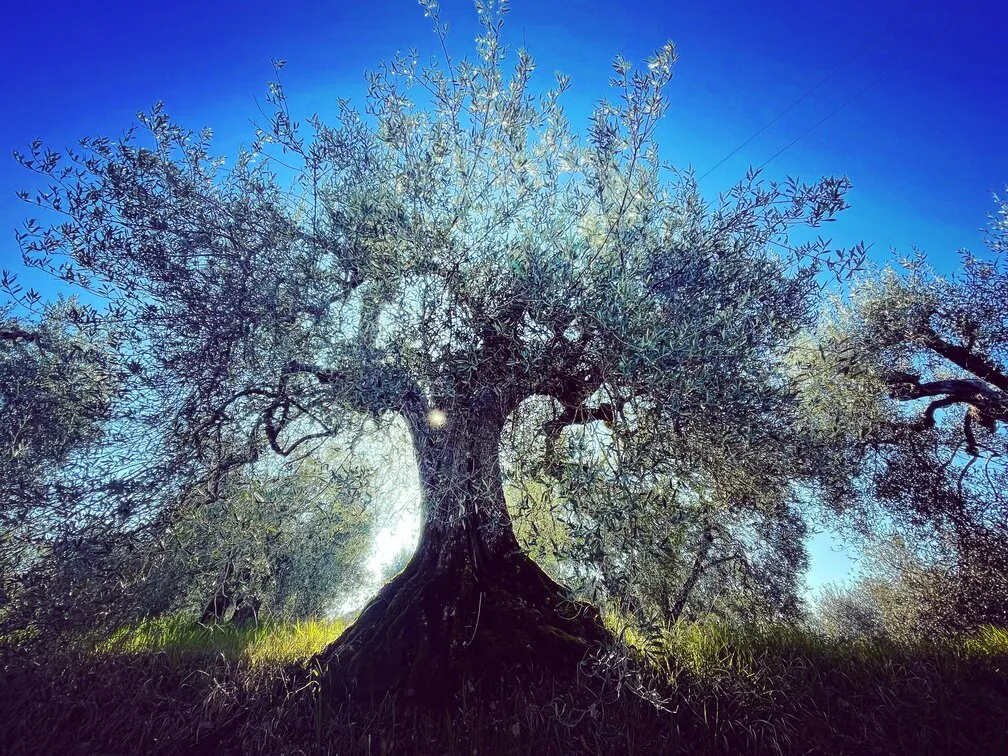
What is the land like in Umbria and how does that affect the olive oil?
“The land in Umbria is quite mountainous, and the soil is usually rocky clay. This has made it difficult, historically, for extensive agriculture to develop. Even these days, farms, especially family-owned ones, tend to be smaller in size. Umbria, after all, is one of the most forested regions in Italy. The property and its topography are a mix of hilly and small areas with varying degrees of shade. We have found that orientation, microclimates, and cultivars have a more substantial effect on the yield, quality, and flavour. For example, we have two primary oliveti (olive groves). One sits on a steep, southeast-facing hillside, which gets full sun and stays very dry. The other sits in a flat(er), narrow valley, surrounded by oaks, pines, and cedars. It stays cooler all year round, and it collects fog, which hangs thick in the air for hours. The trees on the hillside that bake in the summer heat have smaller, more compact olives. The trees in the valley have bigger, chunkier olives. They have very distinct looks and characteristic flavors, which we like to blend together to balance the differences and enhance the tasting experience.

How did you choose the name for your olive oil company?
“Olivando” is the gerund form of a noun. You know how people describe being a grown-up as ‘adulting’? Well, instead of adulting, we’re “oliving,” or maybe it’s a mix of both. But adulting is way less fun than ‘oliving’.”
What is the atmosphere like at olive harvest?
Amanda: “I found that first harvest to be quite enjoyable. For a week or so, our family came to help out. At one point, there were seven of us, and each of the seven had their method of shaking and sorting, as well as their own level of insistence that every single olive be collected. There is that phrase “too many cooks in the kitchen.” Well – there can also be too many harvesters on a tree. It was a symphony of bosses. That being said, I had more deep belly laughs that week, than I’d had in quite some time. The weather also plays a significant role in harvesting. The fall and early winter are foggy and often rainy. So when it’s sunny, you do your best to take advantage while you can.”
What is the journey from olive to olive oil?
Amanda: “The process is long! We trim the trees starting in late January. We have around 500, so it takes a while. Trimming season ends in early March. Come November, we are back to working around the clock, or at least as much as our bodies allow us to do so. Laying the tarps beneath the trees is an art form in itself. This is important to keep the olives from straying outside or rolling down the hill. After putting on sunnies or safety glasses, we shake ’em down and carefully funnel the olives from the tarps into baskets, which we then deliver to a mill.”
How do you press the olive oil?
Amanda: “We’ve tried both a collective and a private mill. The tricky part about using the private mill is that in order to reserve it, one must collect a minimum volume of olives within 48 hours. Otherwise, the olives can develop mould. Depending on your operation’s size, the unpredictable weather, and the number of “staff” (which in our case, is 3 of us), collecting the minimum can be a challenge. But we were delighted with the results and decided it was well worth the effort. Even with the modern improvements in machinery and processes, the mill’s atmosphere is very much the same as the old days. You cannot improvise yourself as an olive miller. It takes time, experience, and dedication to gain the local farmers’ trust. Amidst the whir of sorting machines, presses, and forklifts whizzing about, it’s loud. In a culture of enthusiastic conversationalists, the usual chiacchiere (chit-chat) is strained. However, the excitement and anticipation run high at the moment of the first taste.
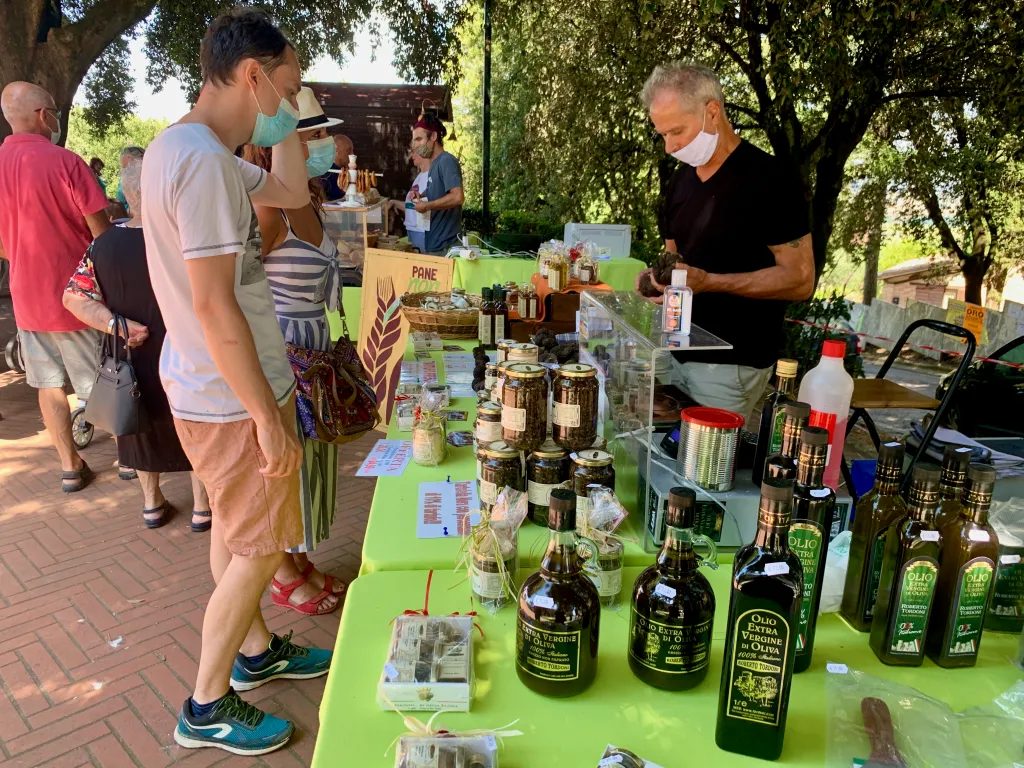
What do you want people to know specifically about Umbrian olive oil?
Amanda: “It’s hard to grow, it’s hard to harvest, and the results are fantastic! Umbrian olive oil is integral to many families’ way of life here. Little pieces of land hold small amounts of trees that are often harvested by small numbers of family members and friends. Unlike other regions of Italy with sizeable industrial production and wide, flat swaths of land, it’s not easy (or even possible) to mechanize and optimize harvest in Umbria. You’re lucky if you can find a flat spot for a ladder or a good perch from inside the tree itself. It’s hard for the trees as well. Only a small number of varieties are best suited for this land and this climate. But with the toil comes an amazing product.
How does Umbrian olive oil compare to other olive oils from Italy and around the world?
Amanda: “Compared to olive oils from around the world, Italian EVOO retains its spot as internationally renowned for a reason: its low acidity level, richness, and variety of fragrances. In Umbria specifically, there is an extreme change in weather conditions from summer to fall, during the fruiting phase. This forces the olive trees into stress mode, starting in autumn. Throughout this period, the plants build up phenols that protect the fruit’s oil from degradation and are also responsible for the aroma, intensity, and complexity. Other Italian EVOOs are often described as delicate, with notes of almond or ripe tomato, while sensations of bitterness and spice characterize Umbrian EVOO. Can we call it the best? I’d love to hear that conversation play out at a mixed region dinner table.”
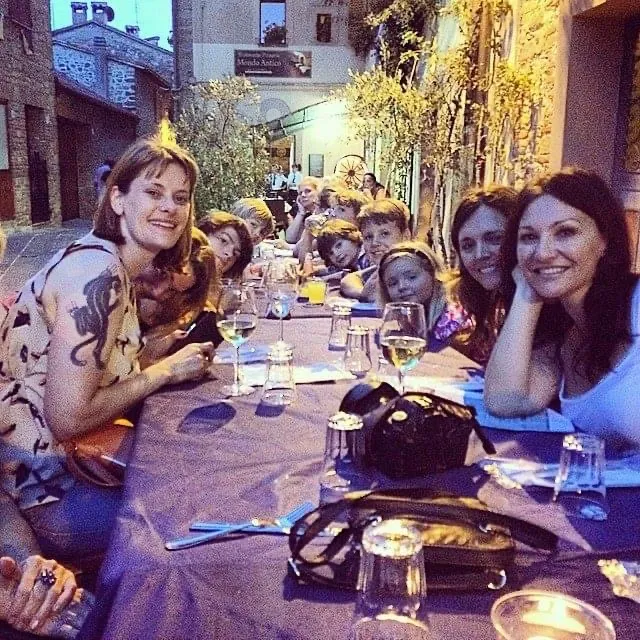
September 24, 2024

